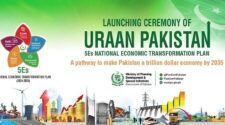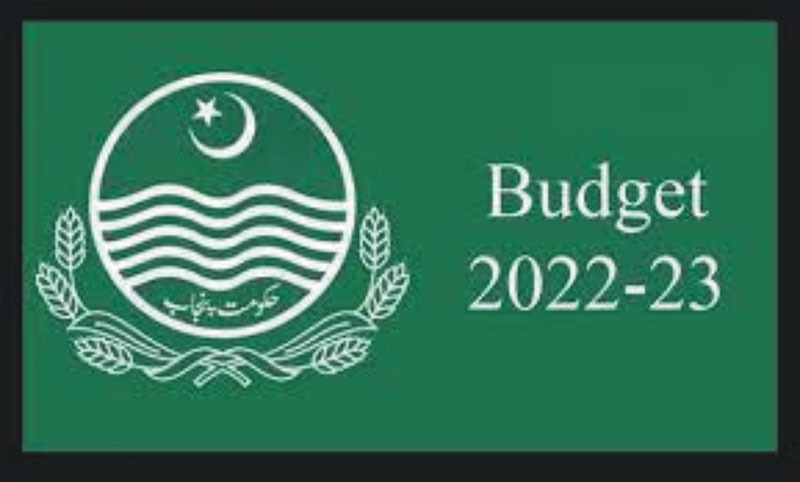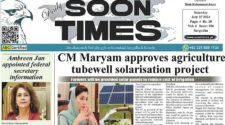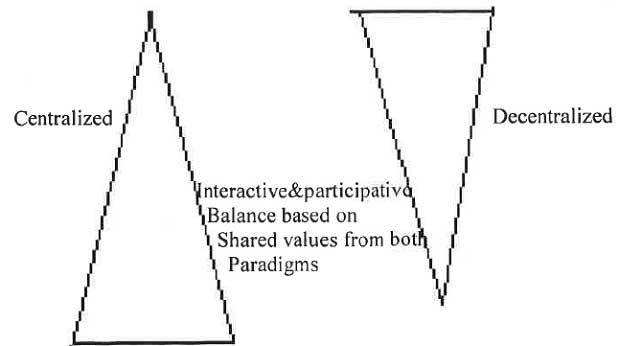Education is a fundamental pillar of any nation’s progress, providing the foundation for socioeconomic development, innovation, and global competitiveness. In Pakistan, however, the educational system has long been criticized for being outdated, failing to meet modern challenges, and inadequately preparing students for the future. This essay delves into the factors that contribute to the antiquated nature of the Pakistani educational system, examines its impact on society, and offers recommendations for its reform.
The educational system in Pakistan is rooted in a structure inherited from British colonial rule. After independence in 1947, Pakistan continued with the colonial framework, which was designed to produce clerical workers rather than critical thinkers or innovators. Over time, while many countries modernized their education systems to align with evolving global trends, Pakistan lagged behind. The outdated system persists, with minimal reform efforts addressing core issues like curriculum, teaching methodologies, infrastructure, and equity.
One of the most glaring issues in the Pakistani educational system is the curriculum. Designed decades ago, it has not been updated to reflect modern advancements in science, technology, or global socioeconomic changes. The emphasis remains on rote memorization rather than critical thinking, creativity, or problem-solving skills. For instance, subjects like computer science and information technology, which are crucial in today’s digital era, are either poorly taught or completely absent in many schools. Furthermore, textbooks often contain outdated information, errors, and biased perspectives, failing to provide students with a well-rounded education.
Pakistan’s educational system is divided into multiple tiers, creating a stark divide between the rich and the poor. The system includes government schools, private schools, madrassas (religious seminaries), and elite institutions that follow foreign curricula like O/A Levels. These parallel systems offer vastly different quality of education, perpetuating inequality. Government schools, which cater to the majority of the population, are often underfunded and lack basic facilities, while elite institutions prepare students for global opportunities. This lack of uniformity not only exacerbates social divides but also hinders the development of a cohesive national identity.
Another significant problem lies in the teaching methodologies employed in most Pakistani schools. Traditional methods dominate, with teachers focusing on lectures and memorization rather than interactive or student-centered learning. This approach stifles creativity and discourages students from questioning or engaging critically with the material. Many teachers themselves are products of the same outdated system and lack adequate training or professional development opportunities to adopt modern teaching techniques.
The examination system in Pakistan further reinforces rote learning. Exams prioritize memorization of textbook content rather than assessing comprehension, critical thinking, or practical application. This focus on grades over actual learning creates a culture where students strive to pass exams rather than gain meaningful knowledge. As a result, even high-achieving students often lack the skills required to excel in professional environments or compete on a global scale.
The physical and technological infrastructure in Pakistani schools is another area of concern. Many government schools operate in dilapidated buildings, without access to basic amenities like clean drinking water, functional toilets, or electricity. Libraries, laboratories, and computer facilities are often nonexistent. In rural areas, students frequently have to study under trees or in open spaces due to a lack of classrooms. This poor infrastructure severely hampers the learning experience and contributes to high dropout rates.
Gender disparity is another major issue in the Pakistani educational system. While significant progress has been made in recent years, girls in rural and conservative areas still face numerous barriers to education, including cultural norms, poverty, and inadequate school facilities. Early marriages and societal expectations further limit their access to education. The outdated system does little to address these challenges or promote gender equity.
In a rapidly changing global economy, vocational and technical education is essential for equipping students with practical skills that match market demands. However, in Pakistan, vocational training remains neglected. The educational system focuses almost exclusively on academic streams, leaving students unprepared for skilled labor markets. This disconnect between education and employment opportunities contributes to high unemployment rates among the youth
The outdated educational system has far-reaching consequences for Pakistani society. It has contributed to the country’s inability to produce skilled professionals, innovators, and leaders who can drive economic growth. The lack of quality education perpetuates poverty, inequality, and social divides, creating a vicious cycle that is difficult to break. Moreover, the system’s failure to promote critical thinking and tolerance has exacerbated issues like extremism and social unrest.
In the global arena, Pakistan lags behind other developing nations in educational performance. According to the United Nations’ Human Development Index, Pakistan consistently ranks low in terms of education. Countries like India, Bangladesh, and Sri Lanka have made significant strides in modernizing their education systems, leaving Pakistan behind in terms of literacy rates, quality of education, and research output. This lack of global competitiveness undermines the country’s potential for economic growth and international collaboration.
Addressing the challenges of the Pakistani educational system requires a comprehensive and sustained effort. Below are some key recommendations for reform:Update the curriculum to reflect modern advancements in science, technology, and humanities. Incorporate critical thinking, problem-solving, and creativity into the syllabus. Include contemporary topics such as environmental science, digital literacy, and global citizenship. Invest in professional development programs for teachers to equip them with modern teaching methodologies. Introduce performance-based incentives to motivate teachers and improve teaching quality. Establish teacher training institutes and ensure regular certification processes Create a unified national curriculum that bridges the gap between different educational tiers. Standardize quality across government and private schools to ensure equitable education for all. Shift the focus from rote memorization to assessments that evaluate understanding, critical thinking, and practical application. Introduce project-based learning and continuous assessment models Allocate sufficient funds to improve school infrastructure, especially in rural areas. Ensure access to basic facilities like clean water, electricity, and functional classrooms. Provide libraries, laboratories, and computer labs to enhance the learning experience. Implement policies to encourage girls’ education, such as providing scholarships, safe transportation, and gender-sensitive school facilities. Raise awareness about the importance of female education in conservative communities. Establish vocational training centers and integrate technical education into the mainstream curriculum Collaborate with industries to design programs that align with market demands Introduce digital learning tools and online resources to enhance educational delivery. Provide access to affordable internet and devices for students in remote areas. Strengthen governance and accountability in the education sector to ensure effective implementation of reforms. Increase budget allocation for education to at least 4-6% of GDP, as recommended by UNESCO. Encourage community participation in education through parent-teacher associations and local education committees. Promote public-private partnerships to improve resources and infrastructure. The educational system in Pakistan remains a relic of the past, ill-equipped to meet the demands of the 21st century. Its outdated curriculum, ineffective teaching methods, lack of infrastructure, and systemic inequities have hindered the nation’s progress for decades. However, the potential for reform exists. By adopting a holistic approach that addresses the root causes of these challenges, Pakistan can transform its educational system into a modern, inclusive, and effective framework. Such a transformation is not only essential for the nation’s socioeconomic development but also for empowering its citizens to thrive in a rapidly
Shabana Mehmood












